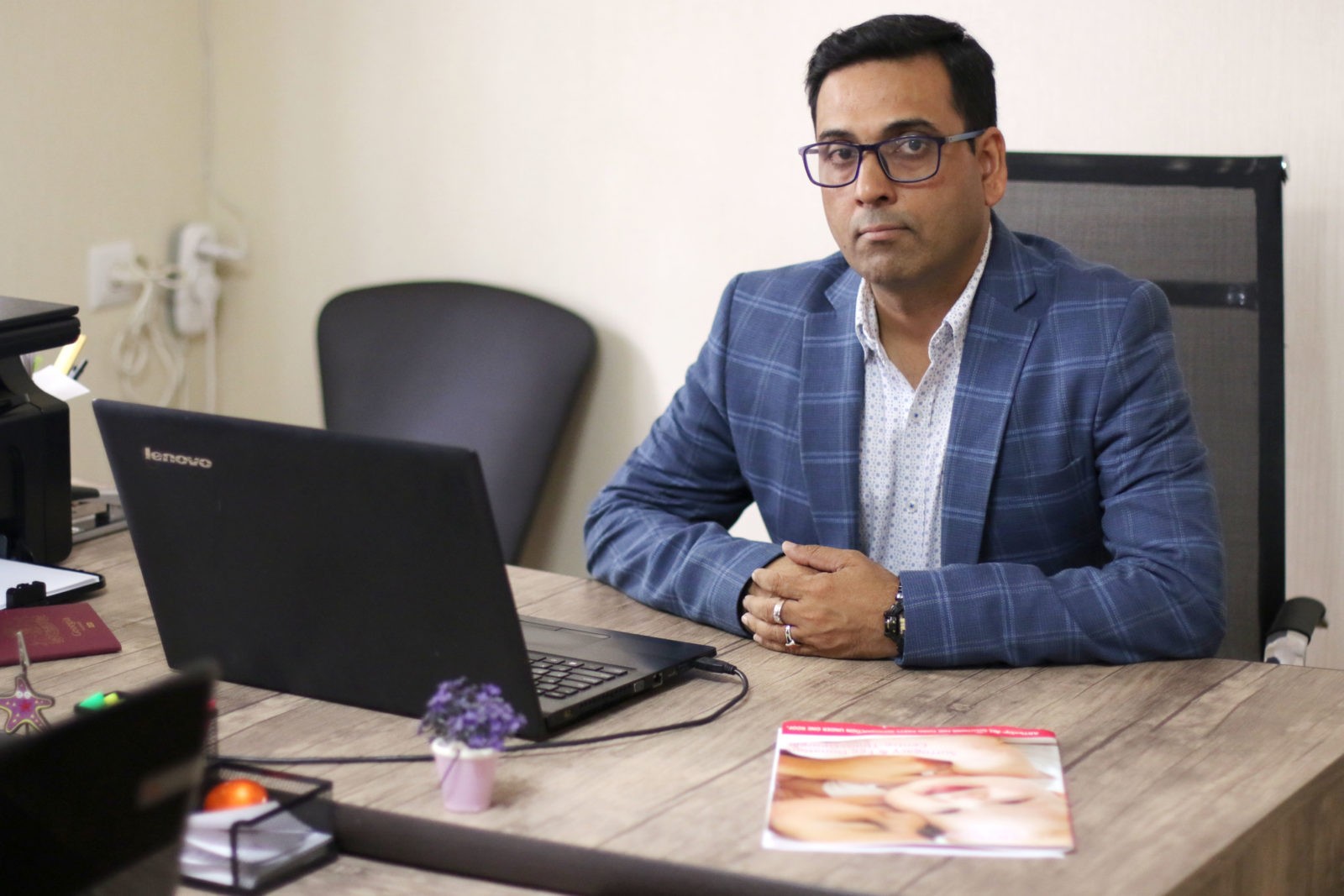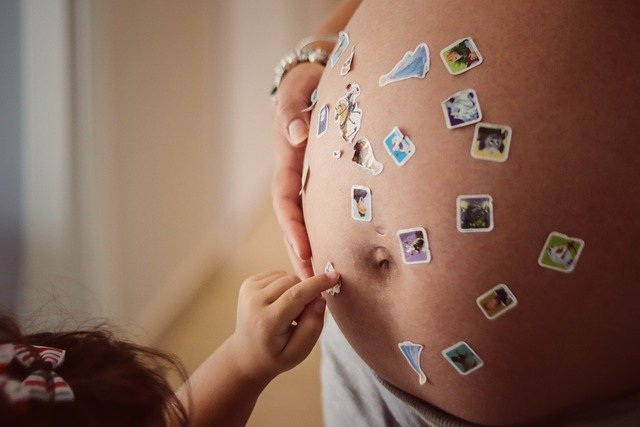About 10% of pregnancies end in miscarriage.
Because it is so common, miscarriages sometimes occur even during the surrogate’s pregnancy, despite the surrogate’s excellent medical history.
Following are common reasons of miscarriage:
Spontaneous abortion is the loss of an intrauterine pregnancy in the first trimester.
• Chromosomal abnormalities (responsible for about 50% of miscarriages).
• Maternal health problems.
• Use of drugs or alcohol.
The following risk factors for miscarriage have also been identified:
• Mother’s age.
• Previous miscarriage.
• Structural abnormalities of the uterus or cervix.
• Heavy.
• Invasive prenatal examination.
Because miscarriage is relatively common in the first three months of pregnancy, surrogate mothers and intended parents often feel more secure about pregnancy after the first trimester.
What happens during and after a miscarriage?
Spontaneous termination of pregnancy during a surrogate can become apparent when you notice symptoms such as bleeding and cramping.(Remember, these symptoms don’t necessarily indicate an impending miscarriage.)
Alternatively, you can go to a regular doctor’s appointment to find out that the water is empty or that the baby has stopped growing and has no heartbeat.
Effective miscarriage treatment options may include:
- Expected administration
This option allows the miscarriage to develop on its own, allowing the pregnancy tissue to exit your body naturally.
The duration of this process can vary greatly, perhaps between two and four weeks.
As you can imagine, the inevitable need to wait or endure uncomfortable symptoms during this time can be an emotional challenge.
- Medical treatment
If you prefer to resolve the miscarriage naturally but more quickly, your doctor may prescribe medication to speed up the process.
This medication, taken orally or vaginally, causes your body to release pregnancy tissue, often within 24 hours.
Some surrogates report increased cramping with this method.
- surgical treatment
The final option is to schedule a D&C (dilation and curettage), which is a minor surgical procedure often performed in a hospital under general anesthesia.
In this procedure, the cervix is dilated and the tissue inside the uterus is removed. Fortunately, complications from this procedure are rare.
Although there is usually mild cramping and bleeding afterward, most women resume normal activities as soon as a day or two after surgery.
This treatment option also offers the greatest opportunity for subsequent testing of fetal tissue if the genetic abnormality contributing to the miscarriage can be identified.
Psychological consequences of miscarriage
Apart from the physical consequences of a miscarriage, there are important emotional aspects to consider.
Spontaneous abortion is a loss that is always sad and painful for the surrogate mother and the intended parents.
What can you feel?
They can experience a wide variety of emotions at different times, from shock and anger to guilt, denial, and sadness.
When you are carrying someone else’s baby, you may also find that your feelings startle you because they are “different” from what you expected or felt after your own past miscarriage.
Many surrogate mothers who experience miscarriages report feelings of deep sorrow for their intended parents, because of the loss of their baby and their dreams.
This grief feels different from the sadness you might feel at the loss of your own pregnancy, and in some ways can be more complicated.
How do you deal with your emotions?
You may find it helpful to rely on your family and friends, your backup mates, your game manager, and your support group leader.
They are all there to offer comfort; remind you that you are not alone; and encourage you to accept your feelings when they arise.
If you feel overwhelmed by your emotions, talk to a professional counselor or your doctor.
Direct your relationship with your parents
The parent you are addressing will, of course, also be dealing with complex emotions.
While they are dealing with their own grief, they may also be very worried about your well-being and how the miscarriage might affect their future plans to start a family.
While it’s a good idea to contact them after learning of the loss, you may want to follow their lead in communicating after that point.
If you don’t hear it often, try not to be offended. Remember that they are also trying to heal themselves emotionally from a very painful loss.
Your ConceiveAbilities Matching Manager may be able to give you additional insight into the healing process and their thinking, so feel free to ask.
Determine your next steps after miscarriage
After the miscarriage is complete, your doctor will review your follow-up care steps and tell you what to expect from your body afterward.
In the meantime, your parents will likely see a doctor at their fertility clinic to ask questions and get recommendations for next steps.
Assuming the embryo remains and everyone agrees, many GC’s and IP’s will proceed with another joint embryo transfer after the surrogate body has healed and the menstrual cycle returns.
The length of time between a miscarriage and the next embryo transfer depends on your body, the recommendations of your healthcare provider and fertility doctor, and the emotional willingness of all parties to proceed with another transfer.
Remember that if you and your intended parent miscarried during your surrogacy journey, you are not alone and that does not mean the end of the journey or relationship.
Many surrogate mothers who have had miscarriages go on to conceive and deliver perfectly healthy babies to their intended parents!

Ravi Sharma is a self-motivated, successful entrepreneur and has a solid experience in the fertility segment. and he is the director at ARTbaby Global (ARThealthcare). He is a pharmacy graduate with post-graduation in business administration and has 14 years of rich experience in the field of infertility segment. He loves to write about IVF, Surrogacy, and other ART (assisted reproductive technology) news, issues, and updates. He is a Pharmacy graduate (B. Pharm) and M.B.A (marketing).
His most recent success includes the successful launch of the medical tourism company, ARTbaby, which offers treatment options for infertility, egg donation, and surrogacy. He likes spending time with his family and writing about various aspects of IVF surrogacy and donating eggs.

